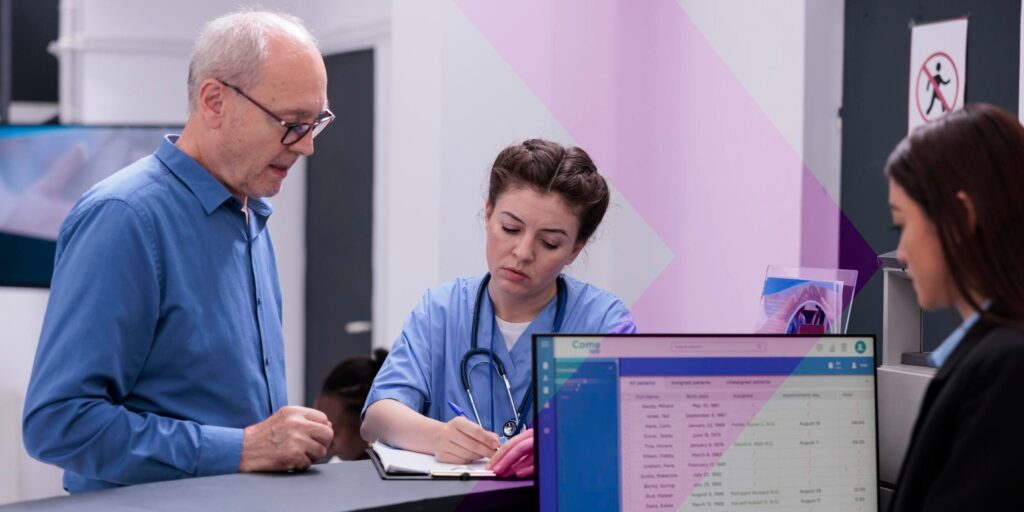How Toshiba MFDs Improve Speed, Security, and Workflow in Emergency Rooms
In emergency rooms, seconds matter. Staff can’t afford print delays, security breaches, or workflow gaps. Whether it’s printing wristbands, scanning lab orders, or faxing prescriptions, document workflows must be seamless, secure, and fast. That’s why more hospitals are choosing Toshiba MFDs (multifunction devices). These aren’t standard office printers—they’re secure, healthcare-grade platforms designed to support life-saving operations. Emergency departments deal with intense volume and constant urgency. Typical pain points include: These bottlenecks impact more than convenience—they can delay treatment and put hospitals at risk of HIPAA violations. Toshiba’s e-STUDIO™ MFDs come equipped with critical security features for healthcare: These features support a strong print-security posture aligned with modern hospital IT policies. Toshiba’s e-BRIDGE® architecture enables direct integration with EMR/EHR systems (like Epic, Meditech, or Cerner), supporting: Less time printing means more time treating. ER staff don’t need to fumble through menus. Toshiba MFDs allow workflow customization so common actions like: …can be performed with a single tap. No IT tickets. No retraining. & No wasted minutes. When devices fail, ERs fail with them. Toshiba MFDs are built with high-yield consumables, long-life components, and predictive maintenance. With Doceo’s remote management: It’s the kind of reliability ER teams need when lives are on the line. Hospitals are under constant budget pressure. Toshiba MFDs—especially when managed under Doceo’s MPS model—offer: You’ll know exactly where print dollars go—and where to save them. ERs often can’t afford sprawling print setups. Toshiba’s MFD portfolio includes: One device replaces three, and it fits in the space of one. A 40-bed regional hospital ER was struggling with delays in lab orders due to manual hand-offs and printer congestion. After switching to Toshiba e-STUDIO MFDs with Doceo support: The result? Faster lab processing, improved care coordination, and less wasted motion. At Doceo, we understand that hardware is only half the equation. Our value lies in how we deliver, integrate, and support your Toshiba fleet. We look at how your ER works, not just your printer. We install HIPAA-secure settings and train your staff. With proven technology and proven people, we help healthcare IT teams reduce friction and improve outcomes, starting at the printer. Ready to make your emergency department’s printing infrastructure? Schedule a free workflow and print security audit with Doceo or call us at 888-757-6626 to speak with a healthcare print expert today. Doceo – Proven Technology. Proven People.

Why Emergency Rooms Are Choosing Toshiba MFDs for Print Security and Efficiency
What Printing Challenges Do ERs Face Every Day?
How Toshiba MFDs Solve ER Workflow and Security Pain Points
1. HIPAA-Grade Security at the Print Level
2. Fast, Accurate Integration with Hospital Information Systems
3. Customized Touchscreen Workflows for Common Tasks
4. Exceptional Uptime and Remote Monitoring Support
5. Smart Cost Control with Usage Transparency
6. Flexible Device Footprints for Tight ER Spaces
Hypothetical Scenario: Improving Lab Coordination in a Busy ER
Why Doceo Is the Right Partner for Healthcare Print Solutions


